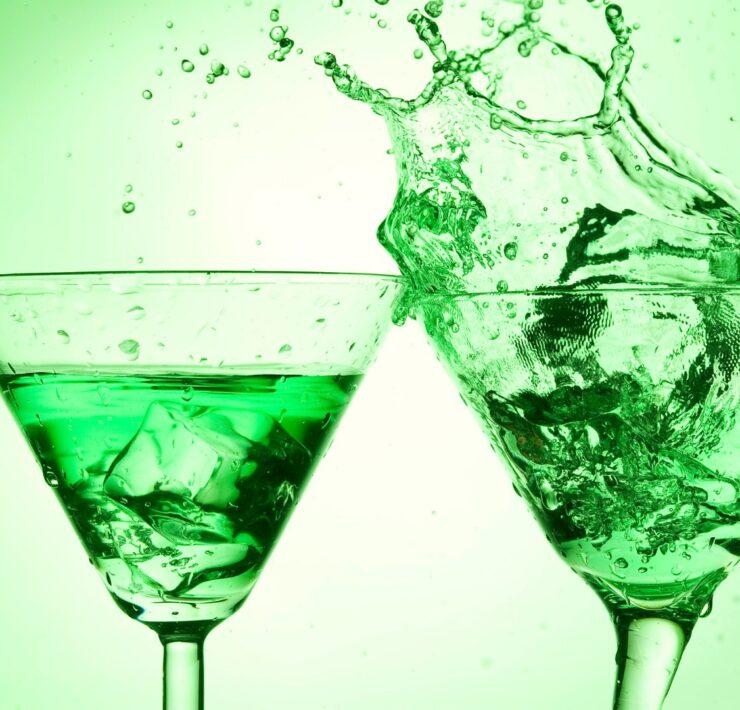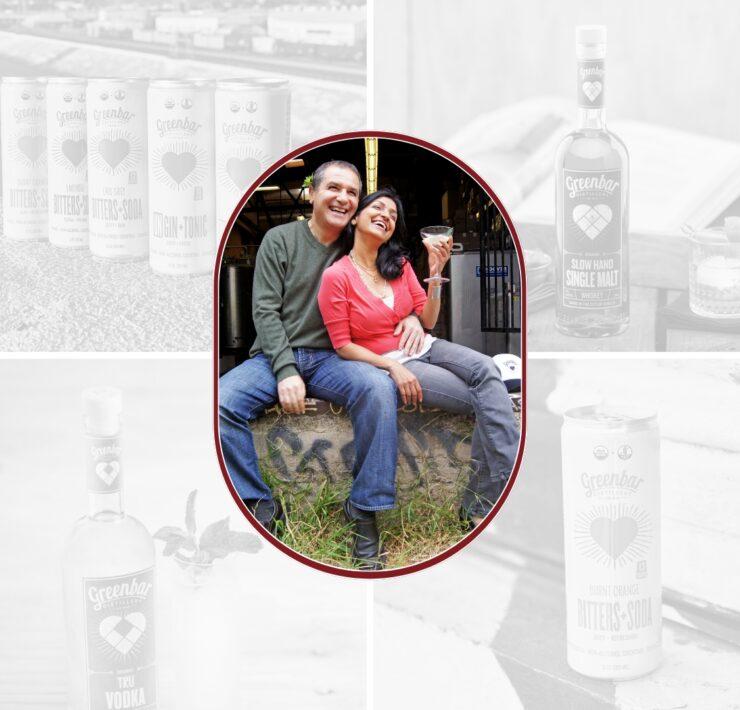From its humble beginnings in Kentucky and Tennessee to becoming a global symbol of craftsmanship, bourbon is steeped in tradition and history. Each sip of the amber elixir whispers tales of pioneers and Prohibition, though it’s often misunderstood. Bourbon is whiskey, but not all whiskey is bourbon; many of its qualities are distinctive.
Bourbon is a truly American beverage, starting in the original colonies in the 18th century. The inventor of bourbon is unclear, though some credit Baptist minister Elijah Craig as the first person to distill bourbon. What we do know is that Irish and Scottish settlers migrated into Kentucky and Tennessee and brought with them their skills in whiskey-making. Eventually, farmers in both states began producing bourbon to sell and, of course, for their own consumption.
Unfortunately, like many alcohol stories in the U.S., bourbon production was decimated by Prohibition. Kentucky historians say there were as many as 2,000 distilleries across the state at one point; only a small handful could continue producing medicinal whiskey between 1920 and 1933. Today, the state is home to about 95 distilleries.
Across the U.S., bourbon is as popular as any spirit in the industry. Discover a world where every bottle holds a piece of American heritage.
Are Whiskey and Bourbon the Same Thing?
Comparing whiskey and bourbon is commonly misunderstood, so let’s break it down. Whiskey is a category of alcohol, much like beer or wine. The category includes Canadian, Japanese, and Scotch whisky, which all use the spelling without the ‘e’. In contrast, Irish whiskey and any whiskey from within the United States (like bourbon) gets the whiskey spelling with an ‘e’.
Contrary to popular belief (and clever marketing), bourbon is not exclusive to Kentucky. While it is very popular there, producing bourbon outside Kentucky is possible and perfectly legal. The only location requirement is that bourbon production must happen within the United States.
Bourbon is a whiskey that must use at least 51% corn in its mash (the mixture of grains used in the distillation process). Bourbon reaches a maximum of 80% ABV (160 proof) during distillation, then enters charred new oak barrels at 62.5% ABV (125 proof) or less. The final ABV during bottling is often 40% (80 proof). The beverage can bear the bourbon name if a producer follows those requirements.
How Bourbon Is Made
All whiskey comes from a grain mash. In the instance of bourbon, producers grind and cook corn to draw out the natural sugars. Then, like with all fermented beverages, yeast converts that sugar into alcohol and carbon dioxide (which releases into the air). This results in the “wash,” which is the equivalent of a wine must.
As the wash gets warmer, the vapors condense, and the distilling process begins. Many producers distill their wash multiple times, leading to “double” or “triple-distilled” bourbon. From there, the liquid (known as “white dog”) may age for years, depending on the producer and the style. Lastly is bottling and labeling.
Typically, producers blend a variety of whiskeys from different barrels to make their bourbon. Think about it like Champagne or fortified wines. However, some now focus on single-barrel bourbon as an upgraded version. These come from a single barrel and can bring more intense flavors of toffee, almond, fig and leather. Those who want to hedge their bets will produce a “small batch” bourbon, which has no formal definition. However, as the name suggests, these bourbons come from fewer barrels, which can enhance the flavors.
How to Taste Bourbon
For bourbon, the preparation is as important as the tasting process. A serving is usually about one or two ounces in a Glencairn glass. It has a wide bottom and a narrow middle that opens up at the top, which helps bring out the subtle aromatic nuances.
The best way to taste bourbon is “neat,” meaning there is no ice or water in the glass since they can dilute the flavors. However, water or ice can help bring down the harshness of the alcohol, especially for newer drinkers. So, to each their own.
Once ready, there are a few steps to tasting and evaluating:
- Notice the color: The color is a good indicator of the depth of flavor and alcohol level. Darker bourbons tend to be higher in both.
- “Nose” the glass: Tilt the glass and bring your nose to the rim. Do not put your nose deep into the glass; the alcohol will be harsh and unpleasant. Pro-tip: parting your lips slightly when smelling to get more nuances beyond the scent of alcohol.
- Taste the bourbon: This is the fun part. Take a sip of the bourbon and hold it in the mouth. Note the flavors, often of caramel, vanilla, and spices.
- Note the finish: These notes develop over time, especially for bourbons with a longer finish.
Classic Bourbon Cocktails
Consider a bourbon-based cocktail if drinking a glass of bourbon neat is too much of a jump from your usual imbibing habits.
The Old Fashioned, as the name implies, is a classic and includes bourbon, simple syrup, and bitters. It often comes with a lemon or orange twist.
The Whiskey Smash is another classic and is pretty simple to make, acting as a great introduction for beginners. It comprises bourbon, simple syrup and muddled lemon. Swapping the muddled lemon for mint turns a Whiskey Smash into a Mint Julep.
America’s Most Popular Bourbon Brands
Identifying the best bourbon is very much a subjective opinion. However, a few recognizable brands are available in nearly every restaurant or liquor store. In no particular order, those include Jim Beam, Elijah Craig, Woodford Reserve, Buffalo Trace, Evan Williams, Knob Creek, and Maker’s Mark, all ranging in price, alcohol, and flavor profile.








